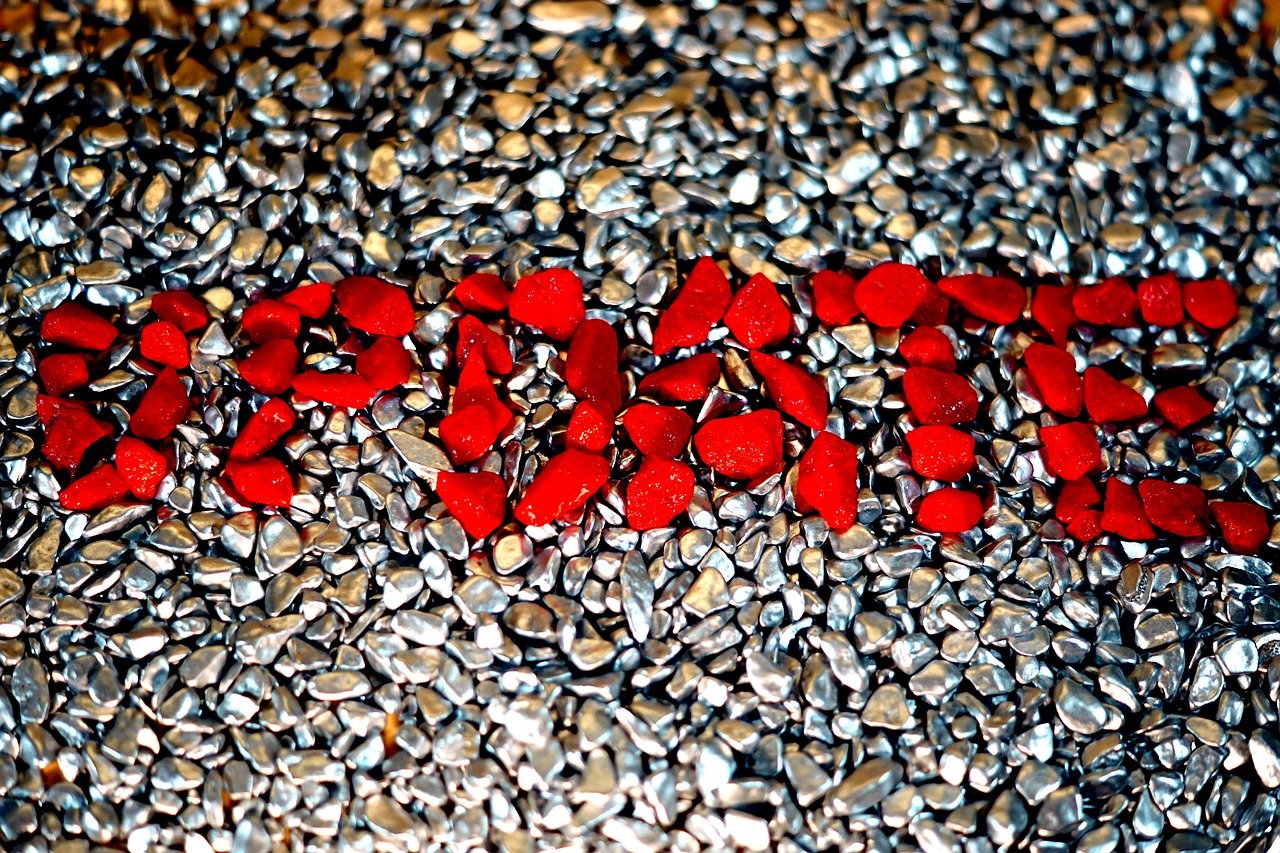Joyce J. Scott is not an easy woman to interview. It’s not that she is reticent. It’s just hard to get a word in edgewise because practically every person we passed during our day together in Baltimore stopped to talk to her, shouting out “The Queen!” or “Mama Joyce!” whenever we entered one of her local haunts.
She responded with enthusiasm, warmth and a comedic gift for working the crowd, slipping into different characters (a spoiled child, a haughty intellectual, a tough guy), bantering, wisecracking and generally making people laugh.
These interactions speak volumes about Scott, 75, who uses humor, every bit as much as art — weaving and quilted textile work; elaborate beaded jewelry; sculptures that combine beads, glass and found objects; intricately constructed clothing; printmaking, installation and performance art — to open up difficult conversations about race and inequality and to build community in her hometown.
“It might not be an exaggeration to say she’s the defining artist of Baltimore,” said Lowery Stokes Sims, her longtime friend and curator of her work, in a recent phone call. “She was born here, raised here, went to school here, went out into the world but always had this place as a base — she never left.”
For the past several months, the city has been in full-on celebration mode for this MacArthur “genius” award-winning artist. The Baltimore Museum of Art (known as the B.M.A.) has mounted a 50-year retrospective of Scott’s work, titled “Walk a Mile in My Dreams,” which runs through July 14 before traveling this fall to the Seattle Art Museum, its co-organizing institution. It includes nearly 140 objects from the 1970s to the present, a new installation, a music video, as well as freshly unearthed documentation of her performance work. (Scott’s first B.M.A. retrospective was in 2000.) Additionally, two exhibitions at Goya Contemporary, her longtime art gallery, focus on Scott’s printmaking and a large-scale glasswork made in collaboration with the Washington D.C.-based artist Tim Tate.

